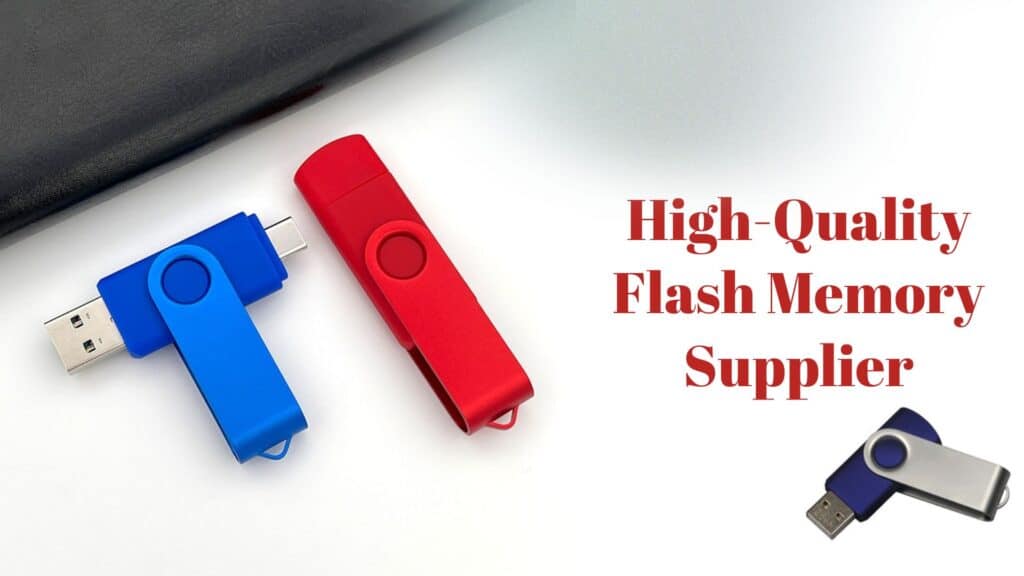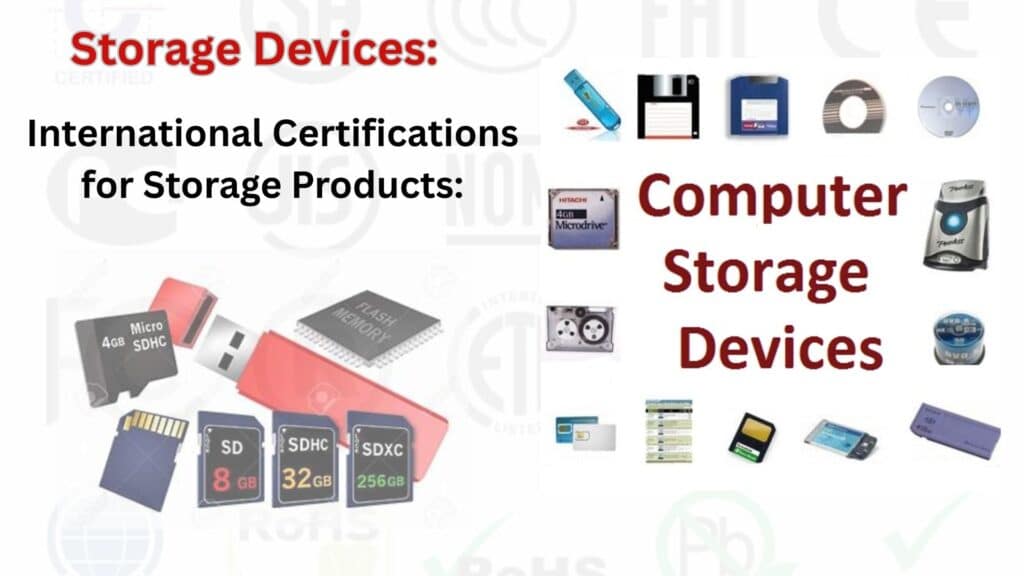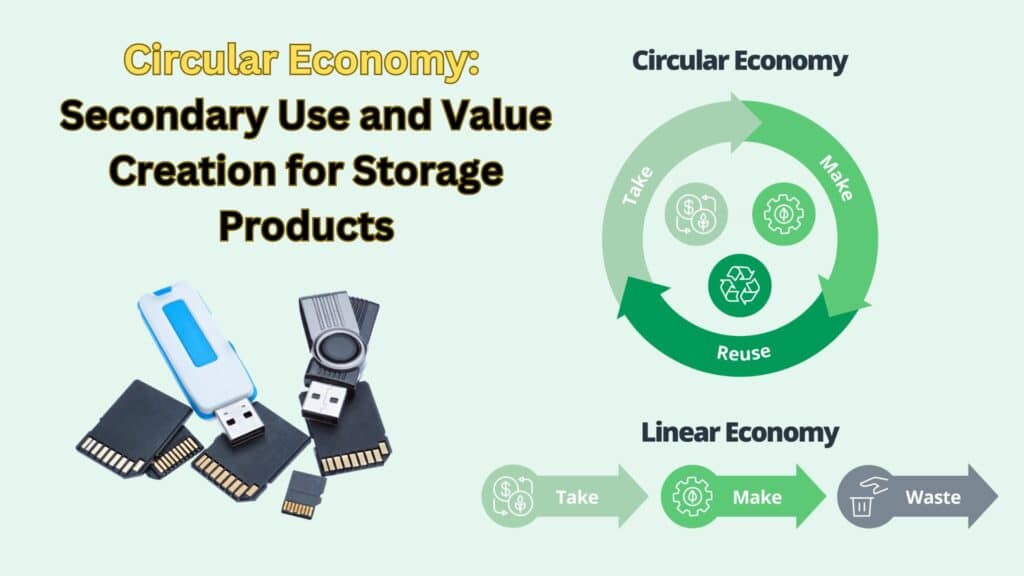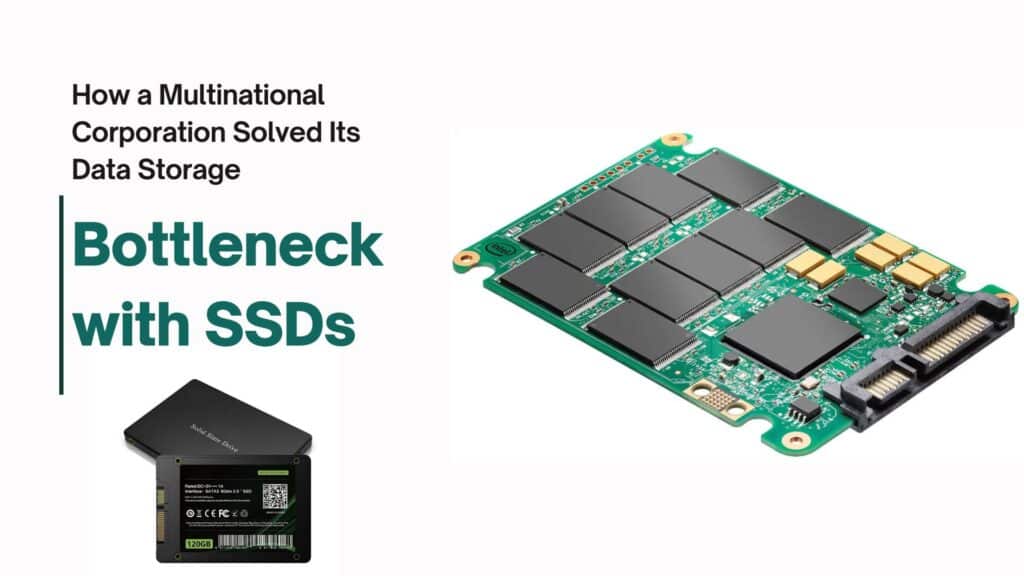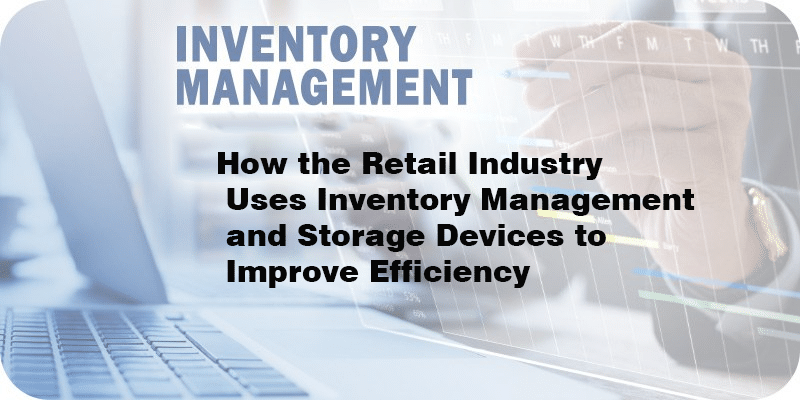Memory Card Selection: High-Quality vs. Low-Cost Memory Cards 2025
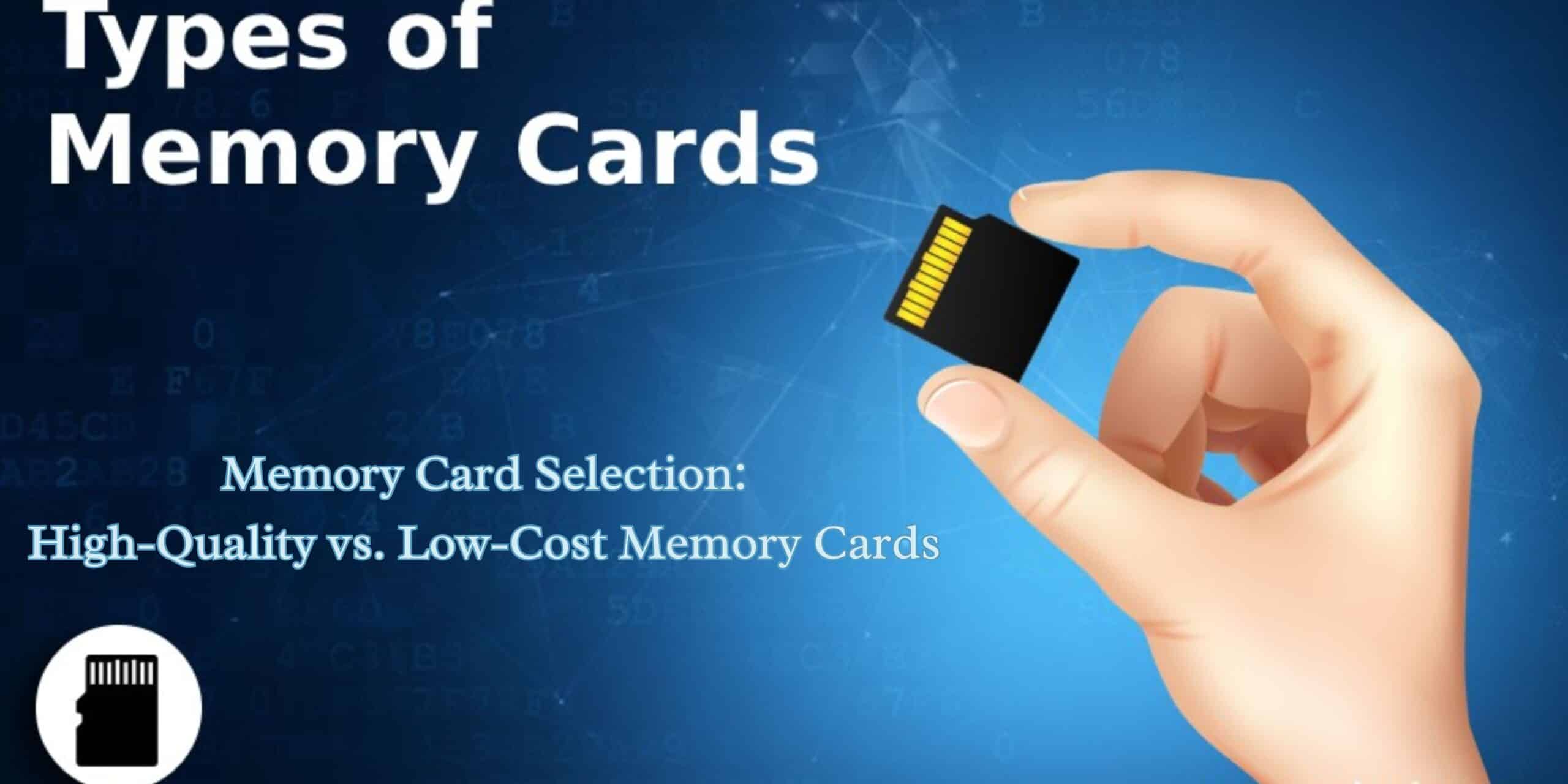
Introduction:
In the world of business, data storage is crucial, and choosing the right Memory card can have a significant impact on operational efficiency. Among various storage solutions, memory cards are commonly used for their portability and ease of use, especially for smartphones, cameras, and other devices. However, with a wide variety of options available, it can be challenging for businesses to distinguish between high-quality and low-cost. When storing sensitive data, a memory card’s durability and reliability are paramount. This article delves into the factors that differentiate high-quality cards from cheaper alternatives and offers insights on making the best selection for your business.
Understanding the Difference Between High-Quality and Low-Cost Memory Cards:
When selecting a memory card, businesses must consider several key factors that define its quality. The most important aspects include:
- Brand: Reputable brands tend to produce more reliable. These companies invest in research and development to ensure their products meet rigorous standards. Popular brands like SanDisk, Samsung, and Kingston are known for their high-quality, while lesser-known brands might offer cheaper options with unreliable performance.
- Speed: Speed is one of the most critical aspects of memory-card performance. A high-quality will offer faster read/write speeds, ensuring smooth data transfer without lag. On the other hand, low-cost cards may have slower speeds, making them unsuitable for high-demand applications like video recording or large file transfers.
- Capacity: Higher-end memory cards usually come with larger capacities and better consistency in terms of storage space. Low-cost memory cards, on the other hand, may overstate their actual storage capacity or deliver inconsistent performance as the memory fills up.
- Durability: High-quality cards are built to withstand harsh conditions such as extreme temperatures, moisture, and shocks. They are typically designed to last longer and offer higher data retention rates. Low-cost options may lack these protective features, making them more susceptible to failure under stressful conditions.
Why Choosing High-Quality Memory Cards Is Crucial for Businesses:
For businesses that rely on digital storage, especially for sensitive data, selecting high-quality storage devices is essential for several reasons:
Reliability: High-quality storage devices are less likely to fail compared to their low-cost counterparts. A failure could result in significant data loss, disrupting business operations and causing financial losses. For businesses handling important files, such as contracts, financial records, or confidential client data, having reliable storage is a non-negotiable factor.
Data Security: When storing sensitive information, data security is a top priority. High-quality storage devices often come with built-in encryption features or compatibility with encryption software, offering better protection for your data. Low-cost options may not have such features and are more vulnerable to data corruption and unauthorized access.
Performance: The performance of a storage device directly impacts how smoothly it works with the devices it supports. High-quality storage provides fast data transfer, which improves overall efficiency. Businesses that use storage solutions for professional video recording, photography, or data backups will find that low-cost alternatives significantly slow down their workflow.
Key Features of High-Quality Memory Cards:
When assessing the quality of a memory card, there are several key features to look out for:
- Faster Read/Write Speeds: High-quality storage devices are capable of faster read/write speeds, which is essential for tasks that require quick data access, such as video recording, running software from external storage, or transferring large files. Always check the Class or UHS (Ultra High-Speed) ratings, such as UHS-I or UHS-II, which indicate faster data transfer speeds.
- Longer Lifespan: A good-quality storage device is built with more durable materials and better manufacturing standards, leading to a longer lifespan. It will also handle more read and write cycles before showing signs of wear. Low-cost options tend to wear out quicker and are more likely to become corrupt after a relatively short period.
- Better Durability: The durability of a high-quality storage device ensures it can survive drops, extreme temperatures, moisture, and other environmental factors. Many top-tier storage solutions are rated for waterproof, shockproof, and X-ray proof capabilities, making them a better option for businesses that need to operate in varying conditions.
Risks of Using Low-Cost Memory Cards for Business Needs:
While low-cost memory cards might seem like an attractive option due to their lower price, there are several risks associated with their use:
- Higher Failure Rates: Low-cost storage devices are more prone to failure, which could lead to lost or corrupted data. Data loss could result in downtime, disrupted operations, and loss of critical information.
- Slow Performance: Many low-cost storage devices suffer from slow data transfer speeds, which can severely impact the performance of business applications, particularly when dealing with large files like videos, images, or databases.
- Security Concerns: Some budget storage devices may lack proper data security measures, leaving data exposed to theft or corruption. If your business handles sensitive information, using subpar storage solutions could compromise the security of your data.
How to Assess Memory Card Quality:
To ensure you’re selecting a high-quality memory card, look for the following indicators:
- Certifications: Check for certifications such as Class 10, UHS-I, or UHS-II, which ensure the card meets certain speed and performance standards. Class 10 cards are ideal for recording Full HD video, while UHS cards support higher speeds for 4K video or large file transfers.
- Read/Write Speed: High-quality memory cards will have faster read/write speeds, which are often indicated on the card packaging or the product specifications online. Look for cards with a minimum read speed of 90MB/s or higher.
- Brand Reputation: Trustworthy brands have built a reputation for producing reliable and high-quality memory cards. Companies such as SanDisk, Samsung, and Lexar are known for their durable, high-performance cards.
Recommended Memory Cards for Business Use:
Some of the top high-quality memory cards for business use include:
- SanDisk Extreme Pro SDXC UHS-I: Known for its durability and fast read/write speeds, perfect for high-resolution video recording and high-performance tasks.
- Samsung EVO Plus microSDXC: Offers fast speeds, large capacities, and robust durability, making it an excellent option for mobile business solutions.
- Lexar Professional 1000x SDXC UHS-II: A high-speed option for professional photographers and videographers who need fast, reliable data transfer.
Conclusion:
For businesses that depend on memorycards for storing important data, it is critical to select high-quality cards that offer fast speeds, long-lasting durability, and robust data security. While low-cost memory cards might seem like an affordable solution, they come with significant risks that can disrupt business operations. By carefully assessing the key features of memory cards, such as speed ratings, brand reputation, and durability, businesses can make a smart investment that enhances performance and ensures the safety of their data.


